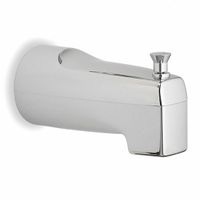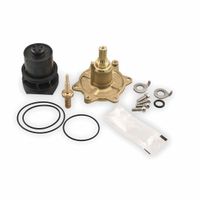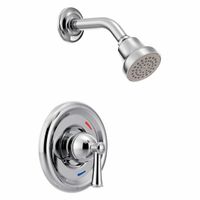The best materials for bathtub construction are:
1. **Acrylic**: Lightweight and versatile, acrylic bathtubs are made from vacuum-formed sheets of acrylic reinforced with fiberglass. They are affordable, retain heat well, and are available in various shapes and colors. However, they can scratch easily and may require more support due to their flexibility.
2. **Cast Iron**: Known for durability and classic appeal, cast iron tubs are coated with enamel. They are resistant to chipping and scratching, retain heat excellently, and offer a timeless look. However, they are very heavy, requiring reinforced flooring and professional installation.
3. **Fiberglass (FRP)**: Made from layers of fiberglass reinforced with plastic, these tubs are lightweight and cost-effective. They are easy to install and repair but are less durable, prone to scratching, and may fade over time.
4. **Porcelain-Enameled Steel**: These tubs have a steel base coated with porcelain enamel. They are durable, affordable, and easy to clean. However, they can chip easily, are heavier than acrylic or fiberglass, and do not retain heat as well.
5. **Stone Resin**: Composed of crushed stone and resin, these tubs mimic the look of natural stone at a lower cost. They are durable, retain heat well, and offer a luxurious appearance. They are heavy and can be expensive.
6. **Copper**: Offering a unique aesthetic, copper tubs are naturally antibacterial and retain heat well. They develop a patina over time, adding character. They are expensive and require specific maintenance to prevent tarnishing.
7. **Solid Surface**: Made from a blend of minerals and resins, these tubs are durable, non-porous, and available in various finishes. They are resistant to stains and scratches but can be costly.
Each material has its pros and cons, and the best choice depends on budget, aesthetic preference, and practical considerations like weight and maintenance.


